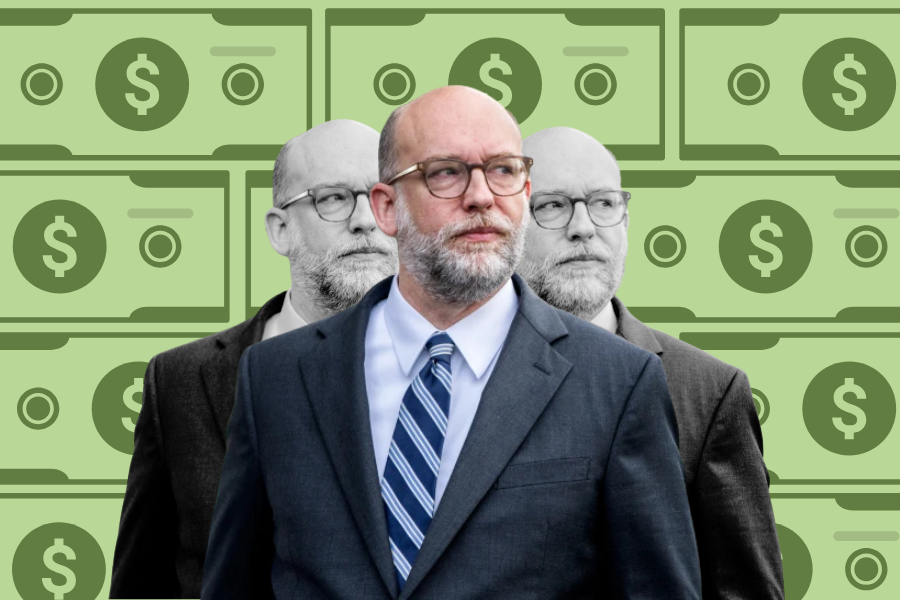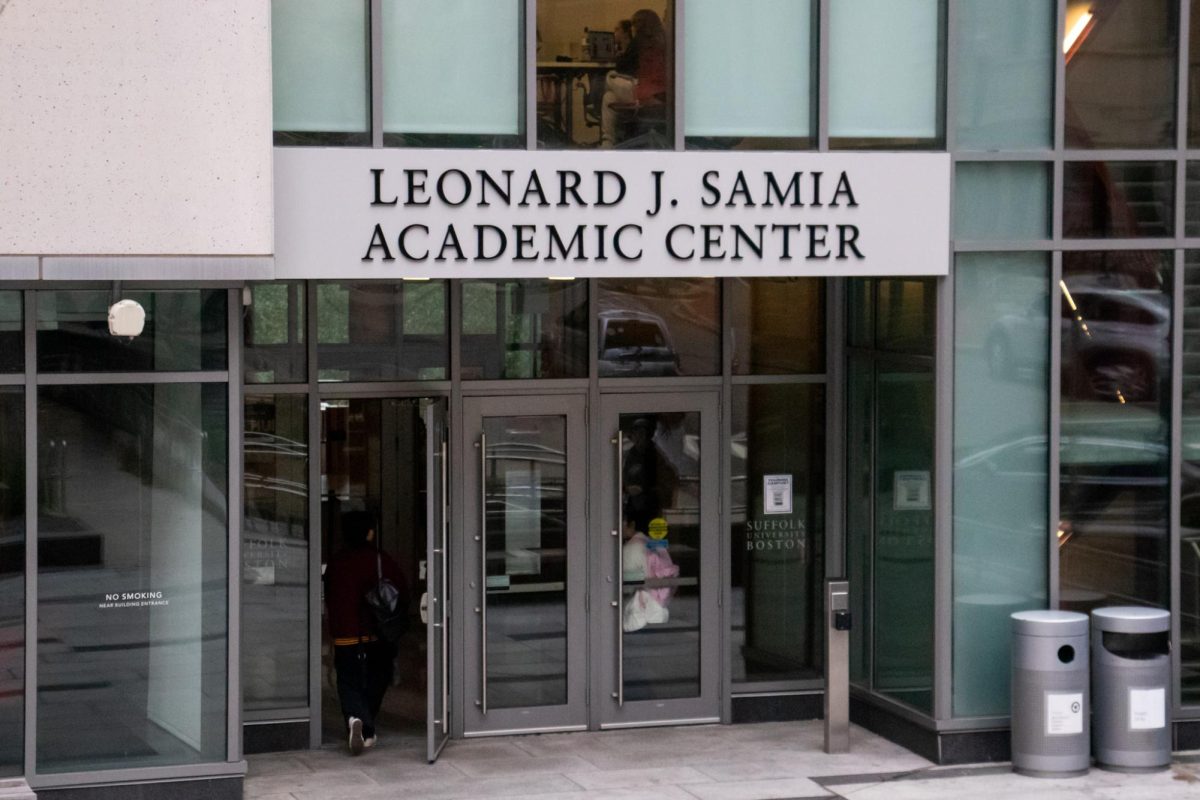Penn State removed nearly 35 newsstands belonging to The Daily Collegian Sept. 20. This was just the most recent attack on the free press at Penn State and colleges across the United States. University newspapers akin to their counterparts outside the school must be fully financially, editorially and legally independent of the entities for which they are meant to report on.
Nine of The Collegian’s stands contained political ads; three paid for by the Kamala Harris campaign and six for general voter registration. The university removed them because of claims they violated policies pertaining to advertising on campus.
The Daily Collegian saw a 100% reduction in funding from Penn State over the last two years. The paper is independent from the university but received “this funding from the university is in exchange for all Penn State students to gain free access to our website and print product,” wrote Nick Stonesifer, former editor of The Daily Collegian.
A university, much like any government, should never own, primarily fund or benefit from the newspaper of record on its campus.
A college newspaper has the same rights and responsibilities as papers outside a college’s walls. If anything, college papers have a much larger role to play. Similarly to local papers, college papers play a critical role in the media landscape, surfacing stories that may initially only matter to the campus but can grow rapidly into national stories.
“Student journalism is the foundation of free speech on the Penn State campus, and it is essential that it be protected and supported. Without a robust and independent press, we all stand to lose the critical dialogue that is necessary for a thriving academic community,” Maddie Seelig wrote for the Daily Collegian
Think back to the encampments this past spring where papers like The New York Times, Washington Post and The Boston Globe relied on journalists at The Harvard Crimson, Huntington News and the Columbia Daily Spectator to cover their campus’s respective encampments with the depth only a student at that university could provide.
This phenomenon was chronicled in a Last Week Tonight episode about local papers and their relationship to the national media landscape, particularly their role in shaping television news coverage.
“The media is a food chain that would fall apart without local newspapers,” said John Oliver.
A paper primarily funded by its university can never fully cover issues of great and dire importance when they might pose a risk to its relationship with the leadership of the university. The university holds all of the cards in these relationships. It is critically important that newspapers be entirely independent of the entity they are entrusted with covering. Imagine if the newspaper you trusted was owned by the federal government. How could you trust that they were covering the news in an unbiased way?
In the case of The Daily Collegian, they received roughly $400,000 per year from Penn State, who last year completed a two-year off-ramp from their funding of the paper. This resulted in the paper having to rely entirely on revenue from advertising in the printed paper, online and on its newsstands.
According to The Collegian’s own tax filings, they received $393,643 from advertising. This revenue stream is one of their most significant. This advertising is what prompted Penn State to remove the paper’s newsstands, Penn State saw these ads as a violation of the school’s policies.
If your university’s newspaper relies on funding from the university to operate, you are always going to be at risk of that paper being shut down for no reason, other than it being the whim of leadership that day.
This risk, however, can be mitigated by going editorially, and fiscally independent.
It is possible to create a truly independent newspaper at your university. The Huntington News cut ties with Northeastern in 2008 and has thrived ever since. The News is just the most recent instance of a university paper going fully independent in the Boston area. That leaves The Suffolk Journal and The Berkeley Beacon, Emerson College’s paper, as the only major college newspapers left in Boston owned by their respective universities.
Suppose your news source was owned and funded by the government and then they decide to take that funding away more or less arbitrarily. Then they decided that the news source’s response to that funding gap, increased advertising, was also illegal; it would be extremely hard not to see that as an attack and affront to the tradition and legal right of the free press.
At the very least you could see that news source choosing not to cover certain topics critical of that government. At worst, you could see that news source having its leadership picked by a government board and running the coverage from that paper to paint a rosy picture of the world.
This is the daily reality for many college papers across this country that are owned and funded by their universities. Limited freedom and existential risk to their survival if they pick the wrong story. I say the tradition of journalism and that of speaking the truth is always worth the risk.









